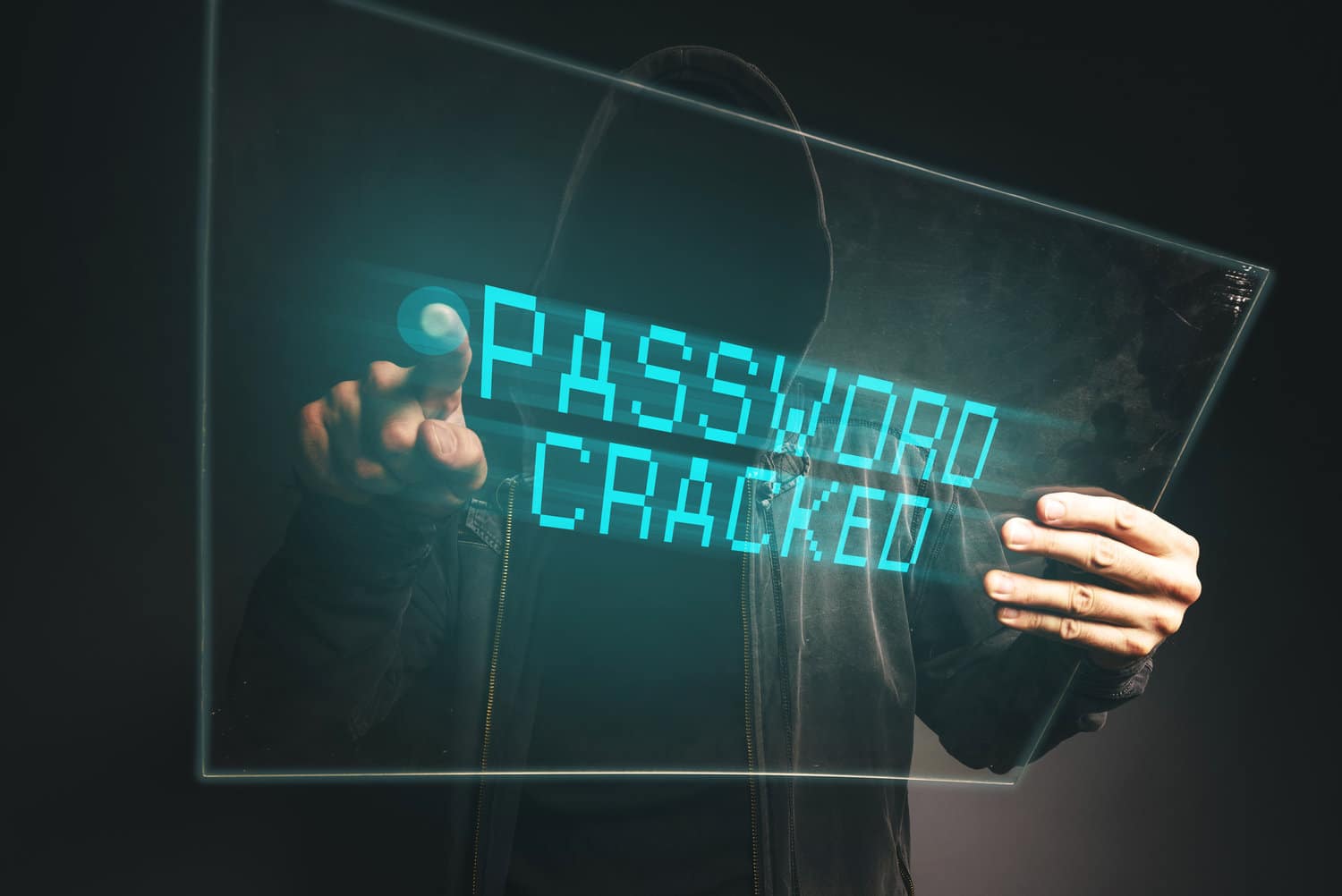Bulletproof Passwords - Password Security Tips | Password Manager
Need to Create a Strong and Safe Password? Try These 6 Tips
We hear it all the time, create strong passwords that don’t succumb to hacking attempts. Despite these well-meaning warnings, it’s not uncommon for people to use passwords that are too simple and straightforward. While the ease in remembering is certainly one of the reasons why people gravitate towards simple passwords, another reason is that most don’t even know what a strong and robust password looks like. A password that’s difficult to crack is a fine piece of art, and so creating it requires users to know a few tricks and tips to get the job done the right way.
Below are some essential tips and techniques that users can take note of when creating passwords for their personal or professional use:
-
Mix It Up, But Intelligently!
The most common tip given for creating strong passwords is to use a combination of lowercase letters, uppercase letters, symbols, and numbers; but how you put together this combination of characters is also important. Using creativity is important for mixing these characters in a format that’s not easily guessed, but is also sensible enough so that you can remember it. If you use these characters in a totally haphazard way, chances are that you’re going to have to write it down somewhere to memorize it. This would open up a window of vulnerability for your password, which is exactly what we’re trying to avoid.
-
Keep the Password Long and Nonsensical
This advice might seem strange at first, but it’s actually not. Your password only needs to make sense to you, no one else! This is why instead of looking for password ideas in dictionary or books, you should use a random combination of random phrases for creating your password. These phrases may hold some special meaning for you, but to anybody else they would make absolutely no sense.
The advantage of a meaningless password is that it’s difficult to crack. Don’t forget the first tip, of using a mix of different kinds of characters. The random words you choose would still need to be used in combination with lowercase and uppercase letters, numbers, and symbols. This might make the password a little longer, but that’s okay because you anyway want to have at least 12 characters in the password. You can even aim for a password longer than this.
-
Use a Different Password for Every Account
Suppose you use one password for every account, from your social networking websites to your workplace/business related applications. Then any hacker would only need to crack this single password to gain entry into your personal as well as professional life. Your entire life would be exposed to the hacker, all because you used one password everywhere. It may sound dramatic, but that doesn’t rule out the possibility of it happening for real. Hence, it’s a good idea to have different passwords for different purposes. So that you can limit the extent of damage that happens if ever any of your password is hacked.
-
Think Twice Before Including Personal Details in Your Password
There are certain types of personal details that can be discovered without much effort. The city you were born in, your date of birth, the school or college you went to, the name of your pet, etc. are good examples of these kinds of details. Many people tend to include obvious details like these in their password, but that’s a big mistake! Given how easy it is to discover personal details like these, by using them in your password you’re only making the job of a hacker simpler. So give a thought to the kind of personal information you use in your password, in case you do decide to use any.
-
Keep Updating Your Passwords Regularly
Don’t keep patting yourself on the back once you have created a strong password. This is not a one-time job! You need to keep updating your passwords on a regular basis, this is a key step in maintaining the safety of your accounts. The following scenario will make the significance of regularly changing passwords more clear.
Sometimes a hacker may crack your password, get into your account, and then instead of using the account just once they could keep on using it over a period of time. Hackers could have any number of reasons for doing so, for instance to keep stealing or tracking your data. While the damage is already done to your account, with the password being cracked by the hackers, you can at least take back control by replacing the compromised password with a new one. Once you put a new password in place, the hacker will no longer have plain access to the account.
-
Always Remember to Log Out When You’re Done
Your strong password is of no use if you don’t remember to log out of the device or application when you are not using it. If you leave the password-protected device or application open, you are inviting access of practically anybody. Then all that’s left for them to do is change the password and lock you out of your own account. A simple mistake of not logging out of your account after use has now cost you heavily. You have locked your device/application with a password for a reason, remember that and sign out whenever you are not using it.
Password Management for Businesses
As a business owner, the passwords that you and your employees use matter so much to the IT security of the business. Password management, when so many passwords are in play, can be difficult. But a managed security services provider can simplify this important area of business security through their password security related policies and services. With their support, you can make sure that you implement tough passwords within your business and adhere to the highest security standards.
